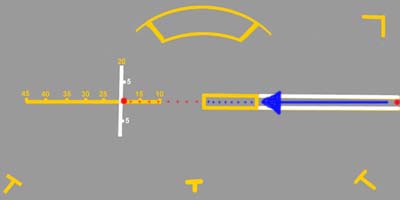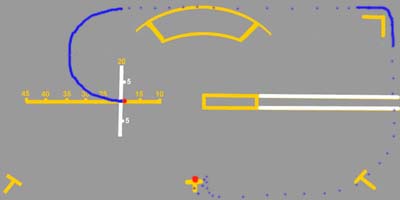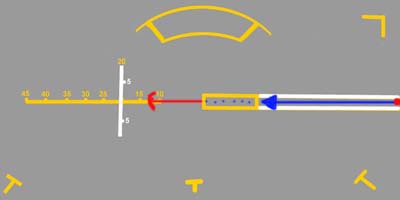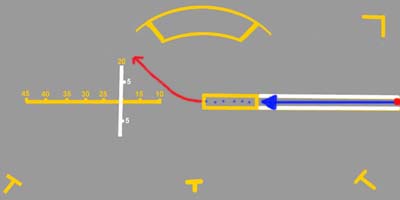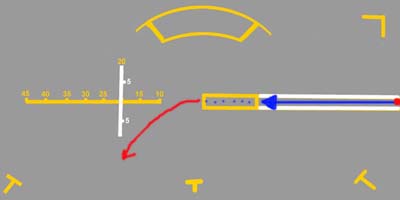1. ALWAYS wear protective gear. Food for thought: my brother's 7MPH spill in the parking lot left a huge gash in his Kevlar riding gloves. Just imagine if it was his hand. No matter how slow you are going, full protective gear is a must (unless you mind road rash or are Superman). By full protective gear, I mean at the minimum a quality helmet, armored or leather jacket, jeans, boots and gloves. Shorts, t-shirts, sneakers, etc. are unacceptable as far as I am concerned. I have seen too many road rash pics not to wear that. Anti-gearists complain, citing such things as:
Dorkiness- Don't worry, you won't look dorky when you walk away from a crash with only a couple bruises. The gear actually looks cool, sort of the Darth Vader look.
Price- It's not expensive at all compared to a hospital stay.
Comfort- The jacket and full helmet are actually more comfortable, as the wind whacking against you is dramatically cut down. It can get kind of hot sitting at a stoplight in summer, but once moving the vents do wonders. Also, gloves aren't all that uncomfortable- you never really notice them getting hot. I recently read that on a hot day, exposed skin is the worst thing to have. The hot air flowing over your skin will dry it and and "mummify" it. I wear a very heavy Joe Rocket "Blaster" leather jacket- it's great in the winter and a lot better than you'd think in the summer. If out riding for the sake of riding, I wear my Joe Rocket leather Speedmaster pants and Sidi Strada boots as well.
2. Don't start on a bike that you wouldn't mind dropping. Believe me, I am NOT lying when I say that everybody drops their first bike. I'm sure there are maybe one or two He-Man's who haven't, but I've dropped mine three times. Luckily the previous owner installed an engine guard. The best bet is to start with the cheapest thing you can, like my $700 CB650. With my Duc, I've been lucky. It's also imperative that you get a bike you can pick up, cause nobody's going to cut you slack if you drop it at a stoplight during rush hour and can't move it.
3. Practice, practice, practice. Don't just assume you know everything about riding, because you don't. Nobody does, and anybody can benefit from more practice. I doubt I will ever realize my full potential on a motorcycle. They always say that the slowest part of the bike is what's sitting on top.
4. Stay focused. Remember, you are on a precision machine, and there is no time to gawk at hot chicks in tight shorts jogging on the side of the road (for example). The margin of error on a motorcycle is much smaller. Constant attention to speed, surroundings, and other motorists is required. Never assume that anyone will do anything. Turn signals lie and people are unpredictable. Imagine that everybody is out to get you, and don't let your attention lapse for a second. In other words, be ready for anything!
5. The other half to that equation is to stay calm. Don't get into a duel with another motorist, because believe me, the bike won't win. You've never seen rude or inconsiderate until you've been in traffic on a motorcycle. You HAVE to expect it, and not let it bother you. Just do what you're going to do and stay cool.
6. Take a safety course. Probably the best way to become a skilled and attentive rider is to take a Motorcycle Safety Foundation course. The classes are fairly cheap and you learn a lot. In most states, you can even use the course to wave the skills test for getting your license! At the very least pick up a riding book, such as David Hough's "Proficient Motorcycling". It is an excellent resource.
Before you even buy a bike, consider insurance cost. It's true insurance is generally cheaper on a motorcycle, but some models have been red-flagged as death traps and insured accordingly. If the extra money doesn't bother you, no problem, but if it does, alittle creativity is in order. This means finding a bike with serious speed potential but that hasn't been red-flagged. Good examples include Kawasaki EX500's (before they were called the Ninja 500, as the mere mention of the "Ninja" jacks rates up by at least 30%. My bro lucked out, as his insurance was $300 cheaper because of the lack of the "Ninja" moniker), Suzuki Bandits, or pretty much any half-faired or unfaired bike. If it's got full fairing, be ready to pay. Unfaired and full-faired bikes are usually built on the same platform and only minor differences exist. Thus, the same parts to hop up a Suzuki GSX may work on a Bandit, etc. Many companies sell full fairing retrofit kits, and millions of engine hop-up parts are available for all kinds of bikes. It takes some research to find out what exactly will work, but the less you spend on insurance, the more you can spend on your bike. Also, don't expect an insurance company to know about your off-brand bike. For example, progressive didn't have a category for an '81 CB650, so the rate was based off of CC's only, and they assumed it was a race bike when in relaity it is quite slow. As a comparison, my '98 Ducati Monster 750 was $79 CHEAPER to insure. Go figure.
From the day you buy the bike, you have 14 days to register. I don't know how to get a temp plate from a private party sale, as I bought my bike from a dealer, but the DMV should tell you what to do. Also, you must make sure that you get the title when you buy the bike from a private party. Once you do that, you go to DMV and they do something (I'm not sure what, but it costs about $50). I bought my bike from the dealer, so they had me sign the title and they mailed it to DMV, who will mail it to me (it takes a LONG time).
---You don't need the title to register after buying from a dealer, as you will have a dealer's bill of sale.
I'm not sure if you need it to register after buying from a private party---
As far as the actual insuring goes, start by getting quotes. Some people won't even insure motorcycles, and others are way expensive. The cheapest quote I got was on the Progressive website, but I went with one of their local reps just to make sure that I would be able to talk to someone in case of problems. Independent agents are more expensive, but you're not talking to an automated line or computer..
---Note: it is not necessary to have a motorcycle license to get insurance, but it is required to ride on city streets----
Once you've set up the insurance, take the card down to DMV (make sure it is stamped by the agent) along with the dealer's bill of sale (or the title, etc.) and register the bike. If it's been more than 14 days since you bought it, you will be required to fill out an "Affidavit of Non-Moving" that states you haven't been driving without a temp plate. You pay the various fees and are on your way. It's pretty easy, except it takes forever! (Note-this is for Nevada, other states may vary)
I was told by Nevada DMV that the bike you take the skills test on must be registered and insured, but found out that since the test isn't on public streets that it doesn't need to be registered or insured. I could have saved at least two weeks had I known that, as I waited until it was registered to worry about the license.
---Note: If you take a Motorcycle Safety Foundation course, the written and skills test in most states can be waived---
The first step in the licensing process is the written test. In Nevada, you simply show up at DMV and fill out a license application (even if you're only going for an endorsement on your normal license). Then you hand that to them, take a vision test and walk in and take the written test. (The test is pretty easy- if you've read their motorcycle manual, which should be available on your state's DMV website. Make sure you pay attention to statistics, definitions, and traffic laws (specifically DUI laws)) If you pass, they give you a number to call to set up your skills test. The skills test outline on Nevada's DMV site was wrong, and I practiced wrong. Therefore, I am going to tell you exactly what I had to do. I'm pretty sure that a majority of the states use a standardized test that isn't very different. NOTE: Be sure that you have complete control of the cycle before you show up for the test. The instructor will stop the test as soon as you drop the bike or show lack of control.

